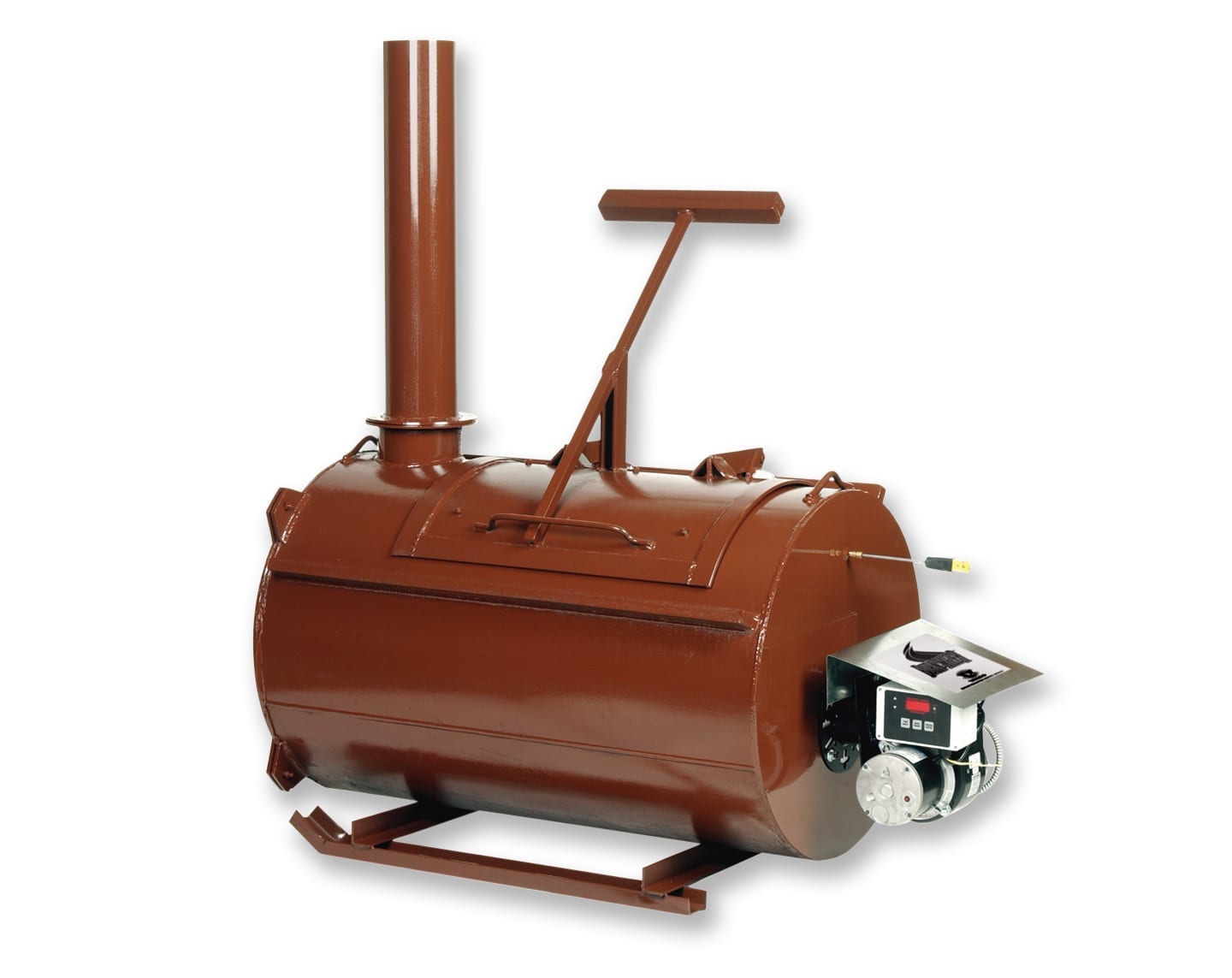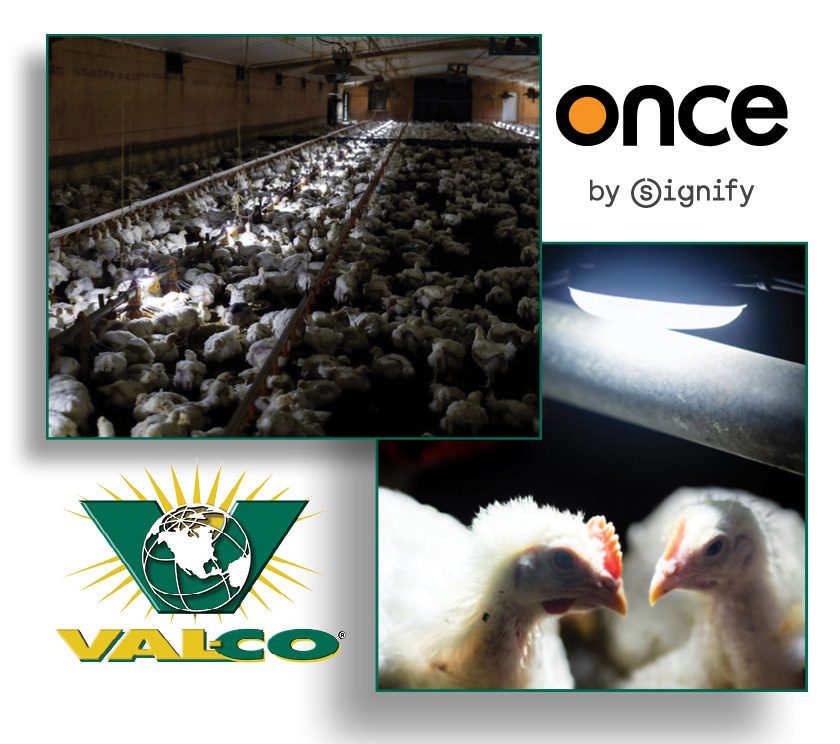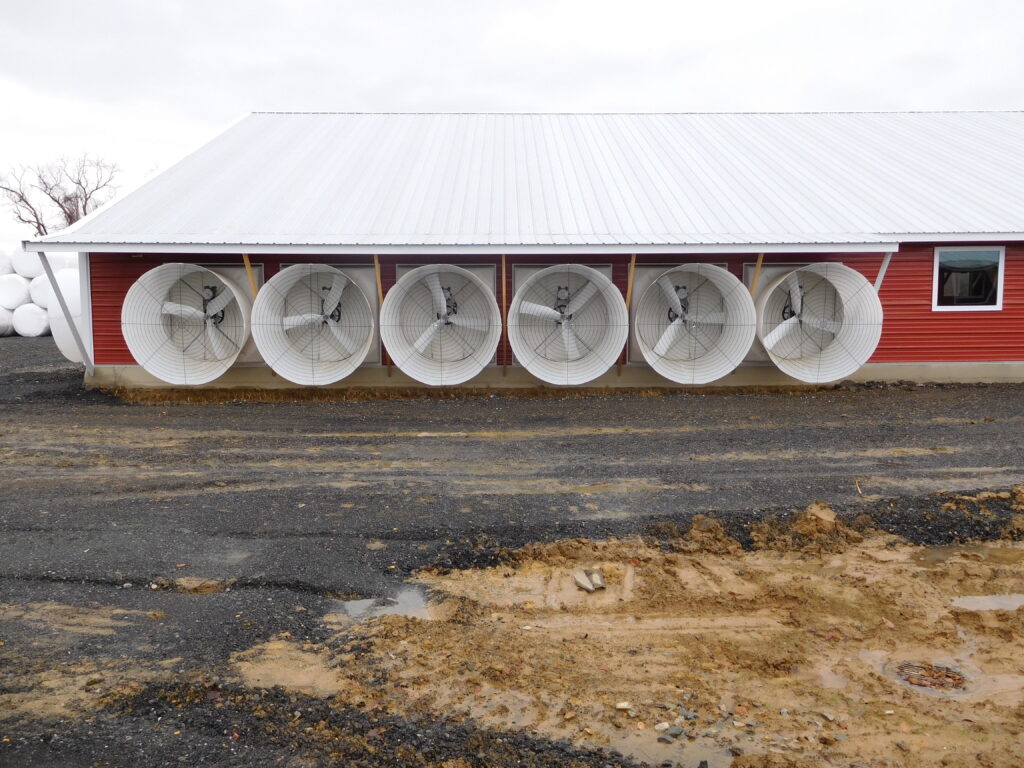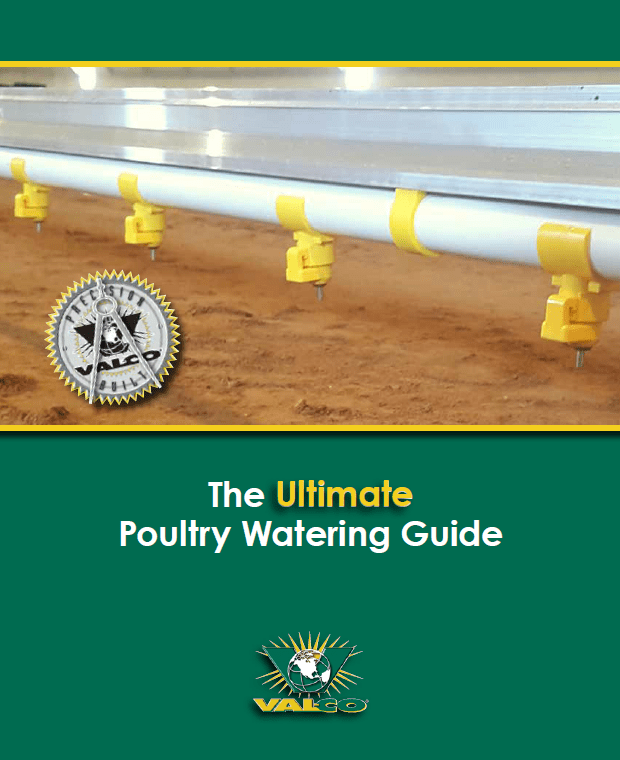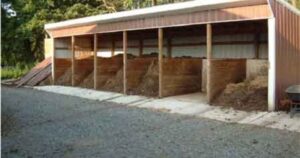 Do you have a plan in place to handle mass mortality? While we hope that mass mortality is something no one should deal with, it does happen, and it’s good to be prepared.
Do you have a plan in place to handle mass mortality? While we hope that mass mortality is something no one should deal with, it does happen, and it’s good to be prepared.
If your farm is infected with a contagious, high mortality disease, dealing with sheer volume can be a challenge. It’s important to make sure that carcass disposal keeps pace with the rate of infection and exposure to control disease spread and limit losses. On-site disposal is preferable to off-site disposal to limit disease spread in a geographical area,. Each state has different rules and regulations for disposing of mass mortality. It’s critical that you are aware of the laws and limitations in your area, as some of the practices listed may not be allowed, or are only permitted in emergency situations subject to oversight.
Burial, incineration, composting, and rendering are all suitable ways to dispose of livestock mortalities, but each comes with its own benefits and hindrances.
Burial
Burial is a long-used method of removal where a trench or hole is dug on the farm, and as it is filled in with carcasses, it is backfilled with soil. Burial often presents ground water concerns so it is not permitted in many states. Because residue remains years after use, the practice is being discontinued due to a decline in the ground water quality around the pit. In addition, it poses a threat to human welfare as open ditches and poorly covered holes are hazardous and can results in cave-ins, causing worker injury or death.
A proper burial pit is fabricated from a concrete block, monolithic concrete, or treated lumber with a tight-fitting cover to reduce foul smell. OSHA requires wall supports for all burial pits to prevent cave-ins. Pits are best done in areas with fine textured soil such as clay or silt and must be located at least 100 feet from production facilities.
Incineration
Incineration uses a convection oven that burns at a high heat (>1400F) to reduce carcasses to ash for easy disposal. It quickly and safely eliminates disease pathogens. The process is both 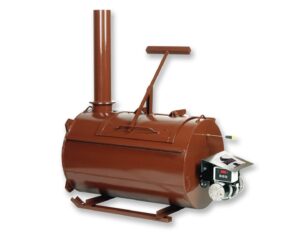 biologically and environmentally sound if using a commercial incinerator. Commercial units are often available in diesel, natural gas, or propane and do not cause water quality issues.
biologically and environmentally sound if using a commercial incinerator. Commercial units are often available in diesel, natural gas, or propane and do not cause water quality issues.
Some areas have regulations on fuel use, location, equipment, and permits. Most commercial units use oil or gas burners and automatic timers to ensure proper burn, and list their emissions, temperatures, and capacities on the unit. They often meet standards set by authorities and therefore users need only acquire permits, if necessary.
Composting
Composting is both biosecure and environmentally sound. It is essentially “burying” above ground with sawdust, or another carbon source, to allow the animal to decay. It’s the controlled natural process in which beneficial microorganisms reduce and transform organic waste into a useful end-product. Carcass tissue is broken down aerobically by bacteria, fungi, actinomycetes, and protozoa to produce water vapor, carbon dioxide, heat, and stabilized organic residue that can be used as crop fertilizer.
Sawdust is the preferred carbon source but chopped or ground straw, hay or corn stalks can also be used successfully. Composting can be done in static piles, bins, or windrows. Compost windrow must be specific to prevent nutrient leaching and nuisance issues. Compost sites cannot be where it will adversely affect ground water should leaching occur. They must be away from neighbors and human dwellings and more than 100 feet away from production facilities to lessen risk of disease spread through rodents.
Compost temperatures rise rapidly to upwards of 130F as bacterial action progresses. Increased temperatures mean rapid decomposition and pathogen elimination. When temperatures begin to drop around 14-21 days, move to the second bin for aeration, mixing, and the secondary heating cycle.
In the event of a mass mortality due to disease, it may be best to use in-house composting to contain and eliminate the pathogens. In-house composting requires that carcasses and litter be left inside for the initial compost cycle for inactivation of pathogens within the material before removal from the facility. After which it can be moved for additional heat cycles and land application.
Rendering
Rendering recycles poultry carcasses into a protein by-product meal. Carcasses are grinded, mixed, pressed, separated then cooked, evaporated, or dried and the resulting meat and fat are suitable as animal feed. Carcasses need to be processed ASAP or stored to prevent decay. The cooking process kills bacteria but doesn’t eliminate endotoxins produced by advanced decay and may cause disease when consumed, therefore, most rendering companies will not accept carcasses with evidence of decay.
There are some emerging methods of preservation, such as acid/base preservation. The process is suitable for long-term stabilization of carcasses and dramatically decreases levels of pathogenic microorganisms. Acid/base preservation uses mineral or organic acids as a preservative until the mixture is taken to a rendering facility. It preserves the nutrients and ki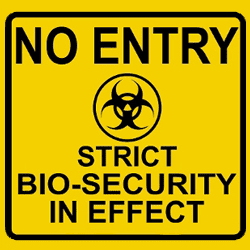 lls pathogenic microorganisms. Organic acids (acetic, propionic) show promise but may be prohibitively expensive.
lls pathogenic microorganisms. Organic acids (acetic, propionic) show promise but may be prohibitively expensive.
Refrigeration/freezing is a common solution though some problems with completely freezing carcasses can arise when external temps are high.
Rendering companies have raised their fees or discontinued service in some areas because of changes in the by-product market and improved efficiencies in meat packaging companies. If rendering is used, carcass storage areas cannot be visible by the road and must be more than 100 feet from any production facility. Removal from farm and transport to rendering facility creates concern for disease spread. Using preservation methods, such as the acid/base preservation, eliminates this concern, but can be costly.
Producers should consider the location and limitations of their individual farms and make the best disposal decision based on individual needs. Local extensions are always available to give advice and should be consulted with questions or concerns.
Having a plan is important, but preventing disease through strict, thorough biosecurity is they key to never needing to implement that plan. Learn more about it with our white paper.
